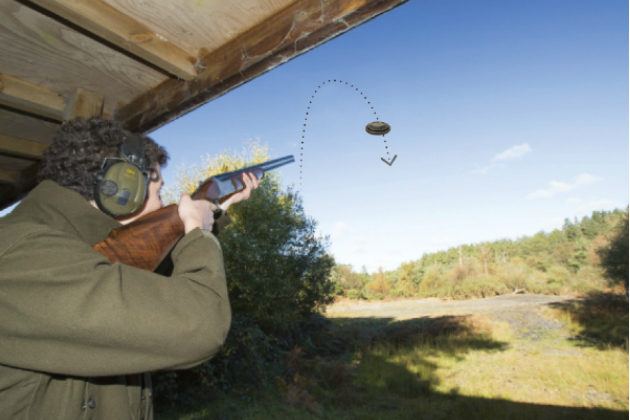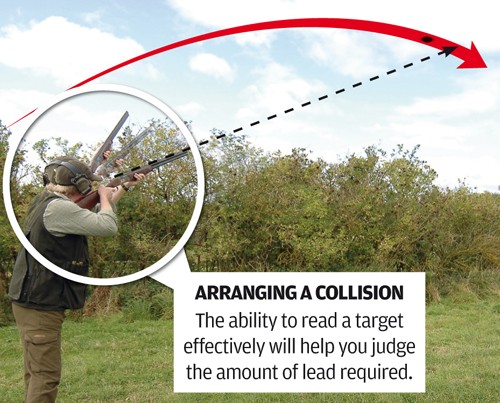Secrets of successful clayshooting
Learn how to hit more targets by understanding the physics of clay pigeon shooting
Even with the best technique in the world, to succeed at a high level you must be able to size up a target in seconds.
Would you like to appear on our site? We offer sponsored articles and advertising to put you in front of our readers. Find out more.
Watch any top Shot in action – like a certain George Digweed – and you’ll see that they can read the clay target in the blink of an eye. They only need to see a clay presented once to know how to smash it.
It’s all down to practice.
Being able to do this is known as being able to ‘read’ the clay.

With skeet shooting, for example, a clay is much easier to read as the targets always travel on an identical flightpath and at the same speed.
With sporting layouts every stand is generally different. So you need to be able to read a sporting target effectively.
Success lies in knowing where to point the gun before pulling the trigger. This is the essence of reading the clay target.
Obviously to hit a target you need to shoot ahead / in front of it because the clay is travelling at several feet per second, as is the shot as it speeds towards the target.
You need to be able to consider and allow for the time delay between these two variables. It helps if you think of it as the clay being broken by travelling into the shot, rather than the shot hitting the clay.
If we aim directly at the target – as they do – we’ll miss behind, as by the time the shot reaches the initial position the clay will have moved on.
So we need to be ahead of the target – but where, and by how much?
There are five factors to think about when you’re looking at an airborne target, as shown below.
Some clayshooters find it helps to focus on the target by trying to read the manufacturer’s name on the clay. You won’t be able to of course, but it might help your focus.
If a clay appears from above the tree line, for instance, it’s probably about 25 yards above you.
First step is to decide the pick up and kill points. As you mount the gun keep the bead of the muzzles on, or just below the flightline. Pull ahead of the target and keep the gun moving as you pull the trigger. Don’t forget that the bird will almost certainly be veering slightly to one side. Allow for this.
Learn how to hit more targets by understanding the physics of clay pigeon shooting
New to clayshooting? This is what English Sporting, English Skeet and Trap shooting involve
Nowadays there is a whole selection of cartridges designed specifically for clays. Some are general-purpose, some for specific disciplines like…
Horizons – sloping ground can trick you.
Backgrounds – clear skies can make targets appear smaller and quicker.
Deceptions – false ground, tree or hedge lines.
Gusts of wind can play havoc with targets, especially non-standard clays. If the clay is into a head wind it will slow considerably faster than usual – and can be blown off its normal flightline in any direction.
While Defra has now announced that GL43 will be issued in the coming weeks, avian influenza risk levels are preventing the renewal of GL45
Shotgun and firearms licensing laws are in the spotlight after a Luton teenager murdered his family with an illegally purchased shotgun.